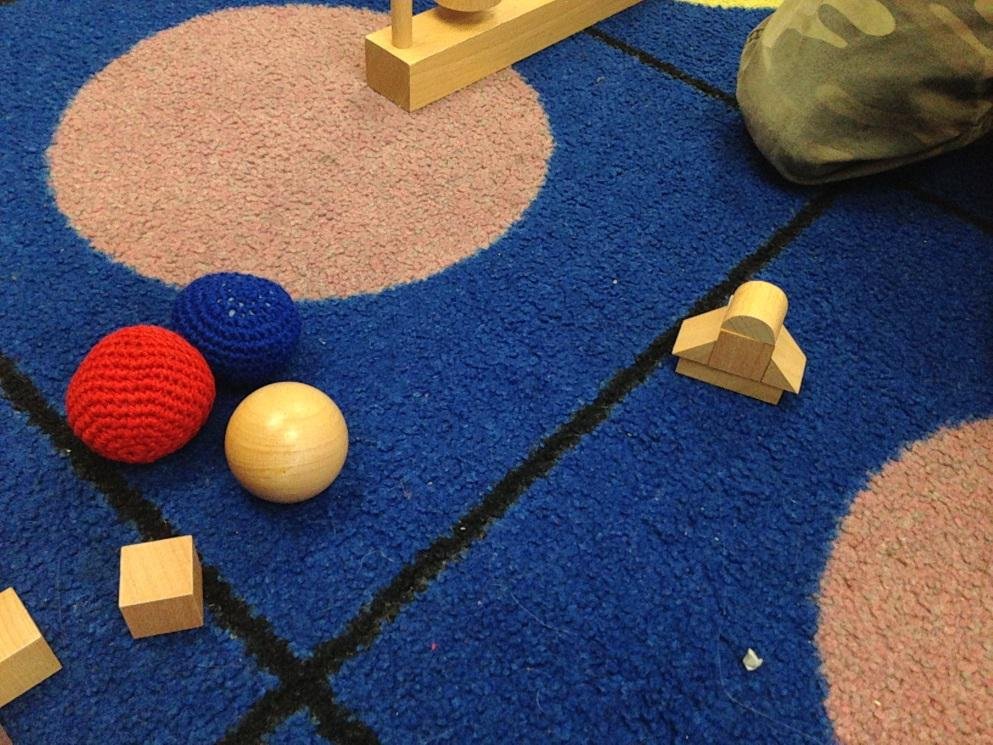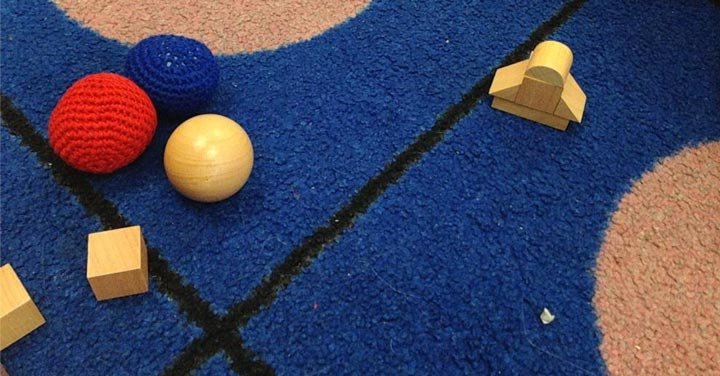There is nothing more exciting to a child than a brand new toy, and if you ask almost any child, they have a running list in their heads of toys that they want. For parents looking to provide the very best toys for their children, this can present quite a quandary. The toys that children see on television commercials are not always the ones that will provide them with the best play experiences, and are not always the best quality. The playthings that are marketed to children catch their attention with engaging commercials and jaunty jingles, but are they the best toys to purchase for your family?
In many cases, the toys that children ask for are very limited, and only serve one function. While children may be initially very excited about these items, they tend to lose interest in them very quickly, and they end up taking up room in an already overcrowded toy box. A better option is to purchase toys that are open ended and can be used for a variety of purposes.
What Are Open Ended Toys?
Open ended toys are the types of things that do not have any set rules or directions for use. They do not have electronic gadgets or do the playing for the child. They are created with a focus on what they child can do with the toy, not what the toy can do. They encourage self-initiated play and are not age-specific. Instead of toys that can only be used for one purpose, open ended toys will capture your child’s imagination and will be used for many years for a multitude of activities. Blocks, building materials, dress-up items, imaginative play toys, arts and crafts materials, and toys like the Spielgaben are the types of playthings that will grow with your child. Although it is certainly okay to purchase a “wish-list” toy once in a while, it does not make good financial sense to fill your playroom with them.

A first grader creates a moon base
Not only do open ended toys make more sense financially, they are also much better at promoting brain development in young children. Play equates to learning for young children as brain connections are formed and strengthened through their playful interactions. Play and exploration with open ended toys can increase a young child’s propensity for language and mathematical development, as well as their general cognitive skills.
How do Open Ended Toys Help Children Develop Language?
Open ended toys are a perfect tool for children in a variety of ways, and language development is a major one. From the youngest children who are just developing words, to older children who are adding to their growing vocabularies, open-ended toys give them the perfect avenue to do so.
There is a high correlation between early language proficiency and later achievement in reading and writing.
Many speech pathologists recommend parents use open-ended and imaginative play toys with their children at home because of the extensive language use they promote.
Open ended toys allow children to use their imaginations and encourage language in children. When children are creating with these toys, they are planning, creating and problem solving. When parents interact with their children during the use of these toys, opportunities for language development are almost endless. If a child is building with blocks, a parent should not dictate to the child how their structure should be made, but instead can ask them open ended questions about it that will encourage explanation.
Some examples of open-ended questions by parents:
Tell me about what you have built.
What else do you think you could do with ______________?
What do you think would happen if you ____________?
What made you decide to make it this way?
Where did you get the idea to make it?
An important note is that parents should not question children to the point that they feel they are being investigated, but rather look at it as an opportunity to have a conversation with their child.
Since open ended toys have no right or wrong answer, and require more than a simple yes or no answer, the language involved in their answers can be quite complex. Children may provide elaborate explanations of their thought process, which is a wonderful way for them to build language. As parents continue these conversations, they can sprinkle in new vocabulary that the child may then replicate.
Speaking of vocabulary, this is another wonderful benefit to open ended toys. When children play with these types of toys, and especially when an adult is playing along, they may ask questions or engage in discussion which will develop broad vocabularies. For instance, if they are playing with a blocks, they may ask what the names are of the shapes. If they are playing with kitchen toys, they may not know the names of the utensils, or the food they are pretending to make. Parents can use these opportunities to introduce their children to a litany of words which may not have come up in normal everyday conversation, and most certainly would not have come up during use of a “bells and whistles” toy.
All of this language can only serve to help your child when they begin to read and write. Rich oral language is one of the best predictors of a child’s success in kindergarten and beyond, particularly in the areas of the language arts. Children who are raised in homes where oral language is honored and encouraged are typically more prepared for the rigors of reading and writing in a school setting.
How Do Open Ended Toys Develop Math in Children?
Like the effect that open ended toys have on language, they have a similar effect on a child’s mathematical development. Because of the sense of self-discovery involved with open play, these types of toys allow children to develop true understanding of how the world works around them, including beginning math concepts.
When children play with open ended toys, they have the opportunity to develop spatial sense, and may start to understand principles of geometry. The Spielgaben again is a perfect example of the type of toy which encourages increased cognitive development and mathematical thinking.
When children work with open ended toys, they begin to notice patterns. They have to engage in problem solving. They experiment with how things fit together. All of these things are at the heart of mathematical literacy. When children start to see for example that it takes two red bocks to make one green one, they are learning about geometric principles, beginning fraction sense, and spatial reasoning, all of which are important components of math.
When children see that it takes 4 small blocks to cover a medium one, they may then discover that it takes 8 to cover a large one. There is built-in exposure to repeated addition and multiplication in these activities. Again, when parents participate in open ended questioning and discussion during these activities, understanding can be further increased.
Other open ended toys that are wonderful for building mathematical concepts can be as simple as a jar full of buttons, where children sort the materials in different ways. Any small items can be used in this manner, and you may be amazed at what children find interesting once there are no limits placed on how they are to use them! In the same manner, a jar filled with objects that are the same, for example pennies, may be used for open ended exploration. Children can find different ways to group the materials, or new ways to count them.
Open ended toys encourage exactly the kind of creative thinking, logic, and problem solving that will help children become more successful throughout their school careers. When parents are considering toy purchases, they should think about shunning the toys that offer all the bells and whistles and instead focus on the types of toys that will increase cognitive development, as well as beginning understanding of language and math skills.






Join the discussion One Comment